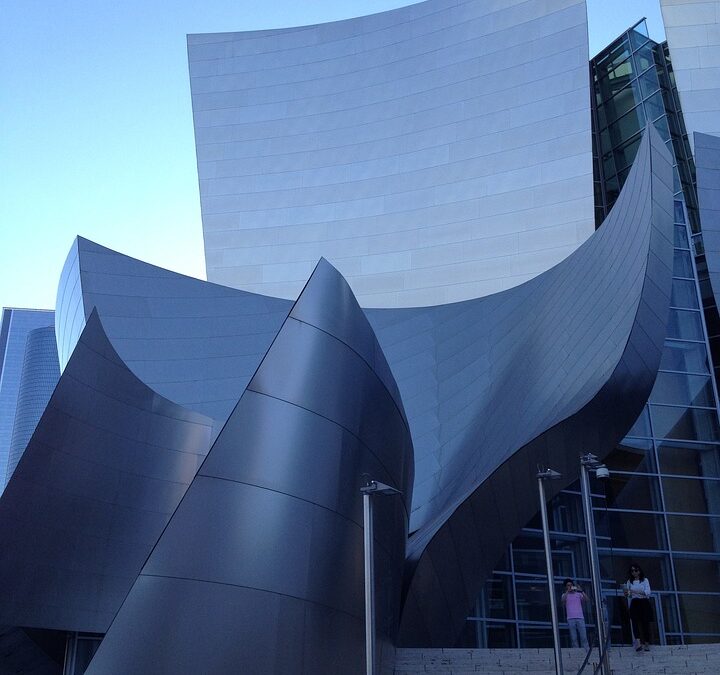From Runway to Reality: How Fashion Designers Influence Global Style
When we think of fashion, we often imagine the glitz and glamour of the runway. But what many people don’t realize is that the designs showcased on the catwalk have a much larger impact on the global style landscape. Fashion designers play a crucial role in shaping trends, influencing consumer behavior, and even impacting cultural perceptions. In this article, we will explore how fashion designers take their creations from the runway to reality and examine the ways in which they influence global style.
The Journey from Runway to Reality
Once a fashion designer presents their collection on the runway, the real work begins. Fashion houses work tirelessly to transform their designs into wearable garments that will appeal to consumers. This process involves everything from sourcing materials and manufacturing the pieces to marketing and distributing them to retailers around the world.
Many designers rely on a team of skilled professionals, including pattern makers, seamstresses, and production managers, to bring their creations to life. Collaborations with textile manufacturers and garment factories are also essential in ensuring that the designs are produced with the highest quality and attention to detail.
After the garments are manufactured, they are sent to retailers and boutiques where consumers can purchase them. Fashion designers often work closely with retailers to create exclusive collections or special editions that cater to the tastes of specific markets. This collaboration between designers and retailers helps to ensure that the latest trends are accessible to a global audience.
The Influence of Fashion Designers on Global Style
Fashion designers wield a tremendous amount of influence over global style. Their creations not only dictate what we wear, but also how we feel about ourselves and how we present ourselves to the world. Designers are constantly pushing boundaries, experimenting with new shapes, fabrics, and silhouettes, and challenging conventional ideas of beauty and fashion.
One of the ways in which fashion designers influence global style is through their use of color and fabric. Designers often set the tone for upcoming seasons by introducing new color palettes and fabric textures that eventually trickle down to mainstream fashion. For example, if a designer showcases a collection dominated by pastel hues and sheer fabrics on the runway, these trends are likely to be reflected in clothing lines from various brands and retailers.
Designers also have the power to shape cultural perceptions and challenge societal norms through their creations. By featuring diverse models of different ethnicities, body types, and genders on the runway, designers can promote inclusivity and diversity within the fashion industry. This not only sets a positive example for other designers and brands, but also helps to shift attitudes and beliefs on a larger scale.
FAQs
How do fashion designers decide on their runway collections?
Fashion designers draw inspiration from a variety of sources, including art, music, history, and pop culture. They often conduct extensive research to identify emerging trends and develop a concept for their collection. Once they have a clear vision in mind, designers begin the process of sketching, draping, and prototyping their designs before presenting them on the runway.
Do fashion designers collaborate with other creatives?
Yes, fashion designers frequently collaborate with other creatives, including photographers, stylists, makeup artists, and hair stylists, to bring their collections to life. These collaborations help to enhance the overall aesthetic and narrative of the collection and create a cohesive vision that resonates with consumers.
How do fashion designers impact consumer behavior?
Fashion designers have a significant impact on consumer behavior by creating desire and influencing purchasing decisions. Through their marketing and branding efforts, designers are able to cultivate a sense of exclusivity and luxury around their products, making them highly coveted items among consumers. By tapping into consumer aspirations and desires, designers are able to create a strong emotional connection with their audience and drive sales.
What role do fashion designers play in sustainability?
As awareness of the environmental impact of the fashion industry grows, many designers are taking steps to make their collections more sustainable. This includes using eco-friendly materials, reducing waste in the production process, and promoting ethical labor practices. By incorporating sustainability into their designs, fashion designers are not only creating more environmentally conscious products, but also setting a positive example for the industry as a whole.

